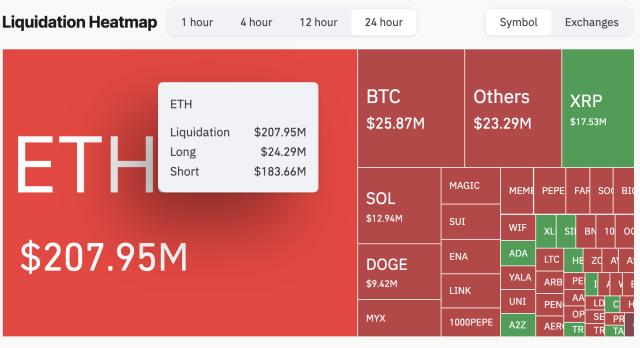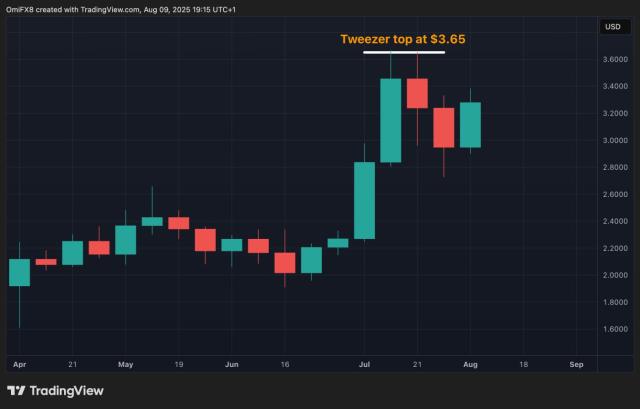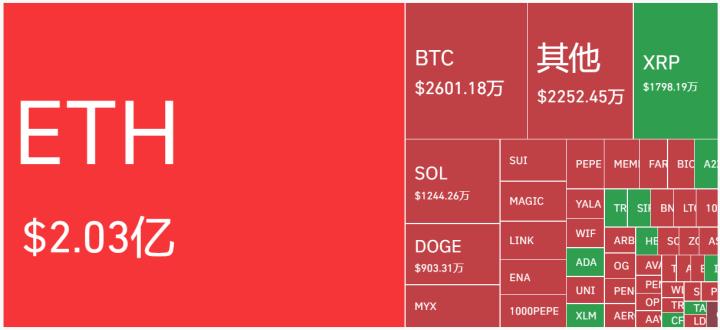James Howell, an early Bitcoin miner, lost around 8,000 Bitcoin due to accidentally throwing away a hard drive containing his digital wallet in the trash.
His story is linked to complex legal and technical efforts to recover the massive asset and create a new Token to mobilize community support for excavation, promising new prospects for cryptocurrency and DeFi on the Bitcoin network.
- James Howell mined and lost nearly 8,000 Bitcoin in 2013 by mistakenly discarding his wallet's hard drive.
- Efforts to reclaim the asset have faced legal barriers from the Newport authorities for over 10 years.
- Idea to launch Ceiniog Coin Token to mobilize community excavation and develop DeFi focused on Bitcoin.
What did James Howell experience when losing the valuable Bitcoin?
James Howell was one of the first five people to run Bitcoin software in 2009, then successfully mined around 8,000 Bitcoin when cryptocurrency was still unfamiliar. In 2013, he accidentally threw away the hard drive containing his Bitcoin wallet in Newport's landfill, losing the entire amount worth nearly 10 million USD at the time.
He had stopped mining after the initial phase and only realized the asset's value when Bitcoin began its first price surge in the summer of 2013, when the price reached around 40 USD per Bitcoin. This was a turning point that made him determined to recover this enormous value.
James's story became famous in the cryptocurrency community due to the combination of early belief and a major failure in protecting digital assets.
Why has recovering James's Bitcoin hard drive faced many obstacles?
Despite James's numerous requests to the Newport City Council and landfill management for excavation permission, he was consistently denied due to legal reasons, environmental protection, and local regulations. Efforts including offering to share 25% of the value, mediation options, and even litigation were unsuccessful.
He stated that he had continuously tried for over 12 years, even making an official proposal worth over 25 million GBP but received no positive response. Legal barriers and lack of decisiveness from the authorities have frozen the Bitcoin recovery.
I have spent over 12 years negotiating with the Newport Council: from public proposals, percentage sharing, mediation, to litigation and an official proposal of over 25 million GBP, but they do not respond. Lacking leadership and logic, they want me to give up.
James Howell, responding on Twitter, August 2025
This event demonstrates that legal and regulatory challenges are a significant barrier in handling digital assets in real-world environments.
Is there any chance to recover data from the lost hard drive?
Technology experts and digital forensic specialists believe that although the hard drive may be damaged by landfill environmental conditions, the internal data can still be recovered using advanced data recovery technologies.
James had invited data recovery expert teams to work together but was not permitted to access the site. Therefore, while technically possible, recovery is currently hindered by legal factors and non-cooperation from local authorities.
How does James Howell expect to proceed with the Ceiniog Coin Token?
To overcome excavation permission barriers, James Howell created the idea of Tokenizing the lost Bitcoin by issuing Ceiniog Coin (INI), a Token equivalent 1:1 to the quantity of Bitcoin in the old wallet, with 800 billion Tokens representing 8,000 BTC.
I'm no longer asking for permission, deciding to Tokenize the entire wallet – 8,000 BTC into 800 billion Ceiniog Coins at a ratio of 1 satoshi corresponding to 1 coin. This Token is built on Bitcoin, operating via OP_RETURN, integrated with Stacks, Runes and Ordinals, expected to launch by late 2025.
James Howell, shared on Twitter, August 2025
Through Ceiniog Coin, the community can participate in funding excavation costs in exchange for the potential to receive actual Bitcoin when the contract is unlocked. This is simultaneously a new DeFi development initiative on the Bitcoin network, restoring the original goal of a peer-to-peer payment system.
The project is expected to create inheritance utilities and expand the Bitcoin ecosystem towards interaction with platforms like Stacks, Runes and Ordinals, promising many practical applications.
Frequently Asked Questions
How many Bitcoin did James Howell mine before losing them?
James mined around 8,000 Bitcoin between 2009 - 2013, when Bitcoin's value was still very low.
Why can't James recover his Bitcoin wallet hard drive?
He has encountered legal barriers and been denied permission by the Newport City Council for over 10 years.
Can the lost hard drive recover data?
Experts suggest data can be recovered using modern forensic techniques, but accessing the hard drive is a major issue.
What is Ceiniog Coin and how does it help recover Bitcoin?
Ceiniog Coin is a Tokenization of 8,000 lost BTC, helping to mobilize community funding for excavation, with Token owners potentially receiving Bitcoin rewards if successful.
Has James Howell given up on recovering his Bitcoin?
He continues to research new options and maintains hope, while waiting for a change in decision from the Newport Council.








